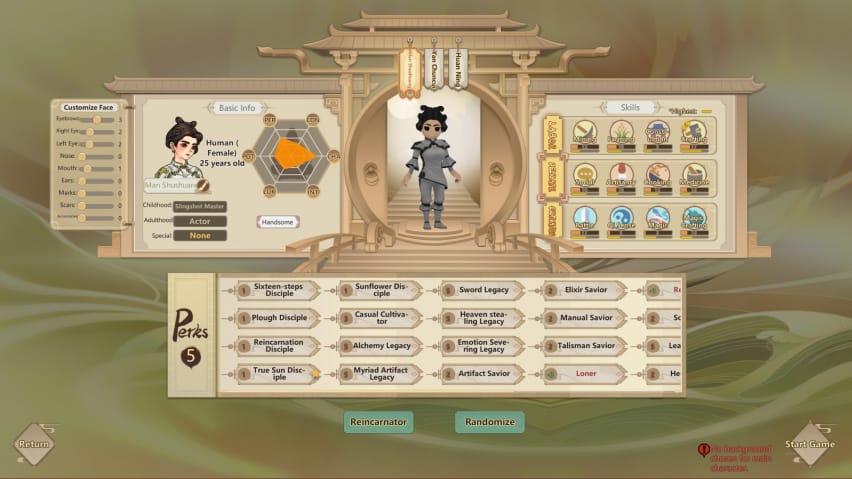

The Medium is a game of two halves – a game where you, playing as Marianne, dart between the world of the living and the dead. This distinct split is a defining factor of the story telling, the production of its soundtrack, and the rendering technology powering the game. It's also a fascinating release in that it walks the line between delivering a next generation experience for the latest Xbox Series consoles – it's not playable on prior gen hardware – while at the same time coming across as a homage to the early 2000s style of horror adventure game.
Produced using Unreal Engine 4 and developed by Polish studio Bloober Team – previously responsible for Observer and Layers of Fear – this game is somewhat different from other excursions into the horror adventure genre, by virtue of its use of third-person perspective camera angles, harkening back to the original Resident Evil. However, what separates this game is a unique feature that appears at points throughout the story – a dual viewport display. Essentially, the game screen is split in two in these scenarios, depicting two halves of the same world. During these sections, your control is mirrored, with roadblocks on one side limiting your progress on the other. This is the game's defining visual feature and it's also rather demanding: the game renders two simultaneous viewports, which can be rather demanding, especially with the way modern engines tend to work.
While there are commonalities in the two game worlds, we are looking at two distinct locations rendered simultaneously, with unique sets of assets per view also increasing the demands on the hardware in terms of streaming, GPU compute and CPU load. For example, rendering components like depth of field, ambient occlusion and motion blur are calculated twice, increasing the cost. On top of that, DXR-accelerated ray tracing is featured on the Xbox Series X and PC versions and the BVH acceleration structure that's a fundamental requirement for this technology must be maintained for both viewports, taxing both CPU and VRAM (which may explain why RT is missing on Xbox Series S).




